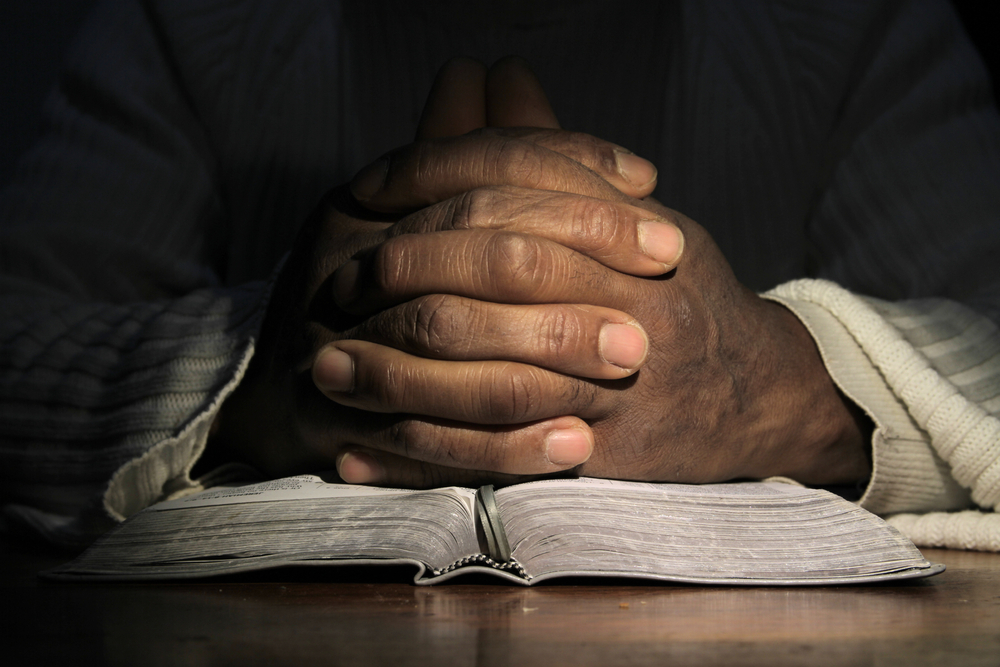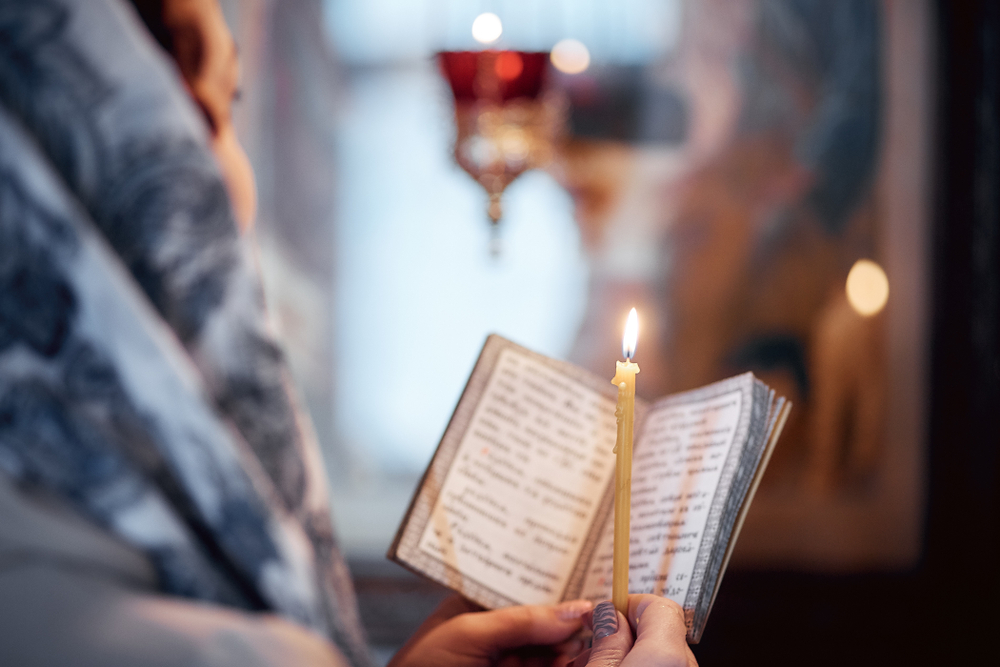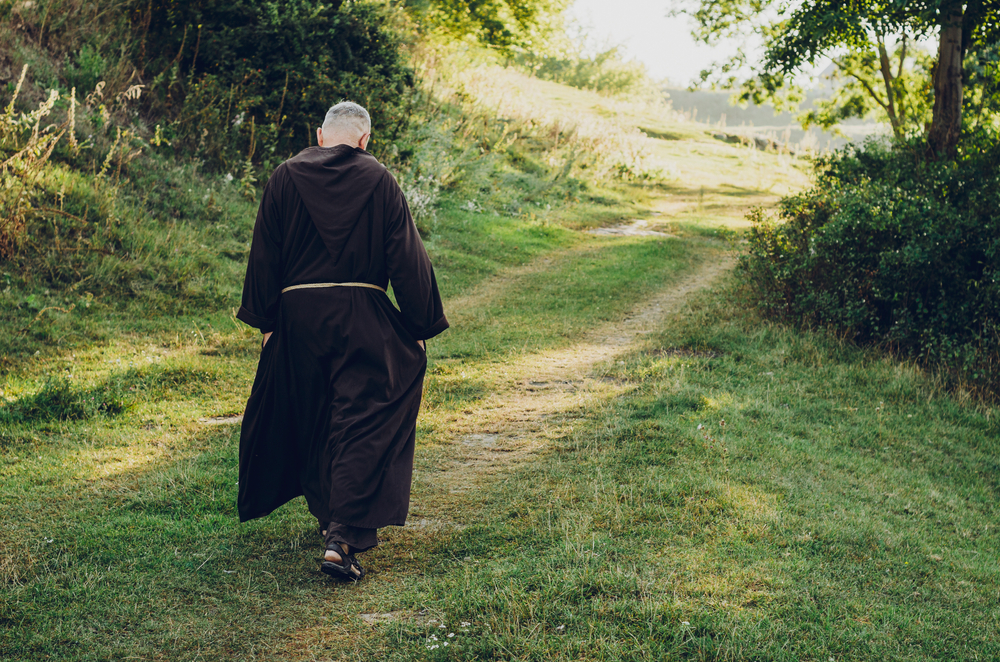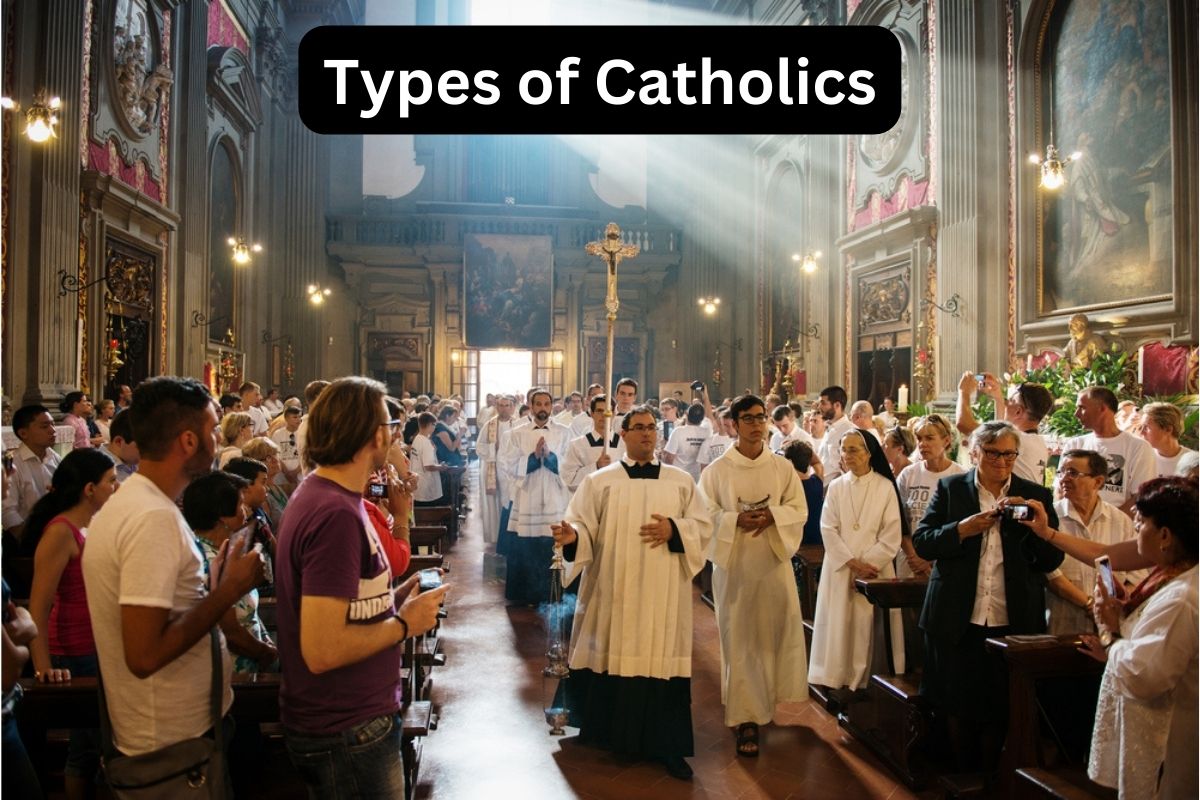Catholics are followers of the Catholic Church, which is one of the largest Christian denominations in the world. With a history spanning over two thousand years, Catholicism traces its roots back to the life, teachings, and ministry of Jesus Christ.
The word “Catholic” comes from the Greek term “katholikos,” meaning “universal,” reflecting the Church’s belief in its worldwide mission.
Central to Catholicism is the belief in the Holy Trinity—the Father, Son (Jesus Christ), and Holy Spirit—as well as the divinity and humanity of Jesus. Catholics believe that Jesus established the Church and appointed the Apostle Peter as its first leader, granting him authority as the first Pope.
Also Read: Facts About Jesus Christ
The Pope, currently Pope Francis, is seen as the successor of Peter and holds a unique position of authority and spiritual leadership within the Catholic Church.
The Catholic Church has a hierarchical structure, with the Pope at the head, followed by bishops, priests, and deacons. The clergy play a vital role in leading the faithful, administering the sacraments, and providing pastoral care.
Catholicism encompasses a rich spiritual and devotional life, including practices such as prayer, meditation, the veneration of saints, and the use of religious symbols and sacramentals.
Types of Catholics
1. Roman Catholics
Roman Catholics are the largest and most widely recognized group within the Catholic Church. They are in communion with the Bishop of Rome, also known as the Pope, who is considered the successor of Saint Peter and holds a position of authority and spiritual leadership within the Church.
The term “Roman” in “Roman Catholic” refers to the Church’s connection to the city of Rome, where the Pope resides.
Also Read: Bible Facts
Roman Catholics follow the teachings, doctrines, and liturgical practices of the Catholic Church as established in the Latin or Roman Rite. They participate in Mass, which is the central act of Catholic worship, and receive the sacraments as part of their spiritual journey.

The Roman Catholic Church places a strong emphasis on the authority of the Pope, who is regarded as the visible head of the Church and the Vicar of Christ on Earth. The Pope is seen as having the ability to teach, guide, and make infallible declarations on matters of faith and morals under certain conditions.
Also Read: Fact About the Catholic Church
Roman Catholics believe in the necessity of the sacraments for salvation and spiritual growth. The seven sacraments, including Baptism, Eucharist, Confirmation, Reconciliation, Anointing of the Sick, Holy Orders, and Matrimony, hold a significant place in the spiritual life of Roman Catholics.
It’s worth noting that the term “Roman Catholic” is sometimes used to distinguish this particular branch of Catholicism from other Catholic groups, such as Eastern Catholics, who follow different liturgical traditions while still being in communion with the Pope.
2. Eastern Catholics
Eastern Catholics are communities within the Catholic Church that follow the traditions, liturgy, and spirituality of the Eastern Orthodox Churches while being in full communion with the Pope. They are often referred to as Eastern Catholic Churches or Eastern Rite Catholics.
Eastern Catholics share the same core beliefs and teachings as Roman Catholics, including the recognition of the Pope as the head of the Church. However, they have distinct liturgical practices, theological emphases, and cultural expressions that are rooted in the Eastern Christian traditions.
There are several Eastern Catholic Churches, each associated with a specific Eastern Orthodox tradition. Some of the prominent Eastern Catholic Churches include:
- The Byzantine Catholic Church
- Ukrainian Greek Catholic Church
- Melkite Greek Catholic Church
- Maronite Catholic Church
- Syro-Malabar Catholic Church
- Chaldean Catholic Church

Eastern Catholic liturgical traditions are characterized by their rich and mystical worship, often centered around the Divine Liturgy or Holy Qurbana. These liturgies can vary based on the particular Eastern Catholic Church but generally include elaborate rituals, chants, iconography, and a strong emphasis on the Eucharist.
Eastern Catholics maintain their own hierarchical structures, led by bishops and patriarchs, who are in communion with the Pope. They have their own codes of canon law and often preserve distinct traditions of spirituality, devotions, and cultural practices.
3. Traditionalist Catholics
Traditionalist Catholics are individuals or groups within the Catholic Church who hold a strong attachment to pre-Vatican II liturgical practices and often express reservations or concerns about certain reforms introduced by the Second Vatican Council (1962-1965).
They seek to preserve what they perceive as the traditional practices, teachings, and spirituality of the Church.
Some key characteristics of Traditionalist Catholics include:
- Liturgical Practices: Traditionalist Catholics prefer the use of the Latin Mass, also known as the Tridentine Mass or the Extraordinary Form of the Roman Rite. This Mass is celebrated according to the 1962 edition of the Roman Missal, which was in use prior to the liturgical reforms of Vatican II. They appreciate the solemnity, reverence, and beauty of the traditional Latin liturgy, including the use of Gregorian chant and traditional prayers.
- Theological Orientation: Traditionalist Catholics often place a strong emphasis on the continuity and stability of Church teachings throughout history. They may express concerns about perceived departures from traditional doctrines or practices following Vatican II. Some Traditionalist Catholics advocate for a more conservative interpretation of Church teachings on topics such as the liturgy, morality, and the role of the laity.
- Ecclesiastical Authority: Traditionalist Catholics may have reservations about certain aspects of the teachings or decisions made by the post-Vatican II Church hierarchy. Some Traditionalist groups or individuals reject the authority of the popes who came after Pope Pius XII (who died in 1958) and believe that the post-Vatican II popes deviated from the true teachings of the Church.
It’s important to note that Traditionalist Catholics exist on a spectrum, ranging from those who simply prefer the Latin Mass to those who are more critical of certain aspects of post-Vatican II reforms. Some Traditionalist groups are not in full communion with the Holy See, while others are in varying degrees of canonical irregularity.
The relationship between Traditionalist Catholics and the wider Catholic Church has been a topic of ongoing discussion and dialogue.
Efforts have been made to reconcile differences and promote greater understanding between Traditionalist Catholics and the rest of the Church, with Pope Benedict XVI and Pope Francis taking steps to facilitate the use of the Latin Mass and address some concerns of Traditionalist Catholics.
4. Charismatic Catholics
Charismatic Catholics are Catholics who place a strong emphasis on the presence and gifts of the Holy Spirit in their faith and worship. They actively seek a personal and experiential relationship with the Holy Spirit, engaging in charismatic prayer and worship practices.

They believe in the manifestation of spiritual gifts such as healing, prophecy, and speaking in tongues, viewing them as signs of the Holy Spirit’s active presence.
Charismatic Catholics integrate their experiences with the broader Catholic tradition, maintaining their sacramental life and participating in evangelistic efforts to share the transformative power of the Holy Spirit with others.
5. Opus Dei
Opus Dei is a Catholic lay organization that was founded in Spain in 1928 by St. Josemaría Escrivá. Its name, “Opus Dei,” means “Work of God” in Latin, reflecting its focus on finding holiness in everyday life, particularly through one’s work and professional activities.
Here are some key aspects of Opus Dei:
- Spirituality: Opus Dei promotes a spirituality known as “the sanctification of work.” Its members, known as numeraries or supernumeraries, seek to integrate their faith into all aspects of their daily lives, including their work, family, and social responsibilities. They view their ordinary activities as opportunities for spiritual growth and holiness.
- Personal Formation: Opus Dei provides spiritual formation and guidance to its members through various means, including spiritual direction, retreats, and regular spiritual practices such as prayer, meditation, and reading of scripture. Members are encouraged to cultivate virtues, seek personal conversion, and grow in their relationship with God.
- Apostolate: Opus Dei places a strong emphasis on the apostolate, which involves spreading the message of Christ in society. Its members are encouraged to be witnesses of their faith in their professional and social circles, striving to live exemplary lives and bringing Christian values into their respective fields of work.
- Structure and Membership: Opus Dei has a hierarchical structure with priests, laymen, and laywomen. Its membership includes both celibate members, known as numeraries, who live in community and dedicate themselves fully to the work of Opus Dei, as well as married members, known as supernumeraries, who live with their families and participate in Opus Dei’s activities while maintaining their secular occupations.
- Criticisms and Controversies: Opus Dei has faced criticism and controversy over the years, often stemming from misunderstandings or misconceptions about its practices and alleged secrecy. However, Opus Dei operates within the structures and teachings of the Catholic Church and has been officially recognized by the Church as a personal prelature, under the authority of the Pope.
Opus Dei seeks to promote the universal call to holiness and the idea that all individuals can strive for sanctity in their everyday lives, regardless of their occupation or social status. Its teachings and practices aim to foster a deep spiritual life and a sense of personal mission in the world.

6. Catholic Religious Orders
Catholic religious orders are communities within the Catholic Church that consist of men or women who live in religious consecration, following a specific charism or spiritual tradition.
These orders play a significant role in the life of the Church and contribute to various aspects of ministry, service, and spiritual growth. Here are some types of Catholic religious orders:
- Monastic Orders: Monastic orders, such as the Benedictines, Cistercians, and Trappists, live a contemplative and communal life dedicated to prayer, work, and the pursuit of holiness. Monks or nuns in these orders often live in monasteries, following a rule or set of guidelines established by their founder.
- Mendicant Orders: Mendicant orders, including the Franciscans, Dominicans, and Carmelites, follow a life of poverty, itinerancy, and preaching. These orders typically rely on begging or relying on the generosity of others for their sustenance and engage in active ministries such as teaching, preaching, and pastoral care.
- Clerical Orders: Clerical orders, such as the Jesuits (Society of Jesus) and the Salesians, are made up of priests or religious brothers who have received holy orders. These orders often focus on specific apostolic works, including education, missions, or specialized ministries such as retreats or social services.
- Active Apostolic Orders: Active apostolic orders, such as the Sisters of Charity or the Missionaries of Charity (founded by Mother Teresa), engage in various forms of direct service to others, such as healthcare, education, social justice advocacy, or missionary work. Members of these orders dedicate themselves to serving those in need and living out the Gospel through concrete actions.
- Secular Institutes: Secular institutes are associations of laypeople or diocesan priests who live in the world but consecrate themselves to God through their work, prayer, and witness. These individuals seek to live out their baptismal calling while maintaining secular occupations and living independently.
Each religious order has its own unique spirituality, charism, and mission, shaped by the life and teachings of its founder. They may have distinctive religious habits or attire and adhere to specific rules or constitutions approved by the Church.
Catholic religious orders make valuable contributions to the Church’s mission, enriching the faith community through their commitment to prayer, service, and living out the evangelical counsels of poverty, chastity, and obedience.
7. National or Cultural Catholics
National or cultural Catholics are individuals who identify strongly with their national or cultural heritage and express their Catholic faith within that context.
They integrate their cultural traditions, customs, and practices into their religious observance and understanding of Catholicism.
While sharing the same core beliefs and doctrines as other Catholics, they may have distinct cultural expressions and traditions that influence their religious practices.
